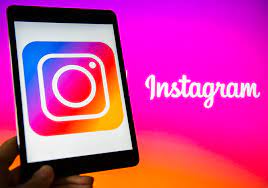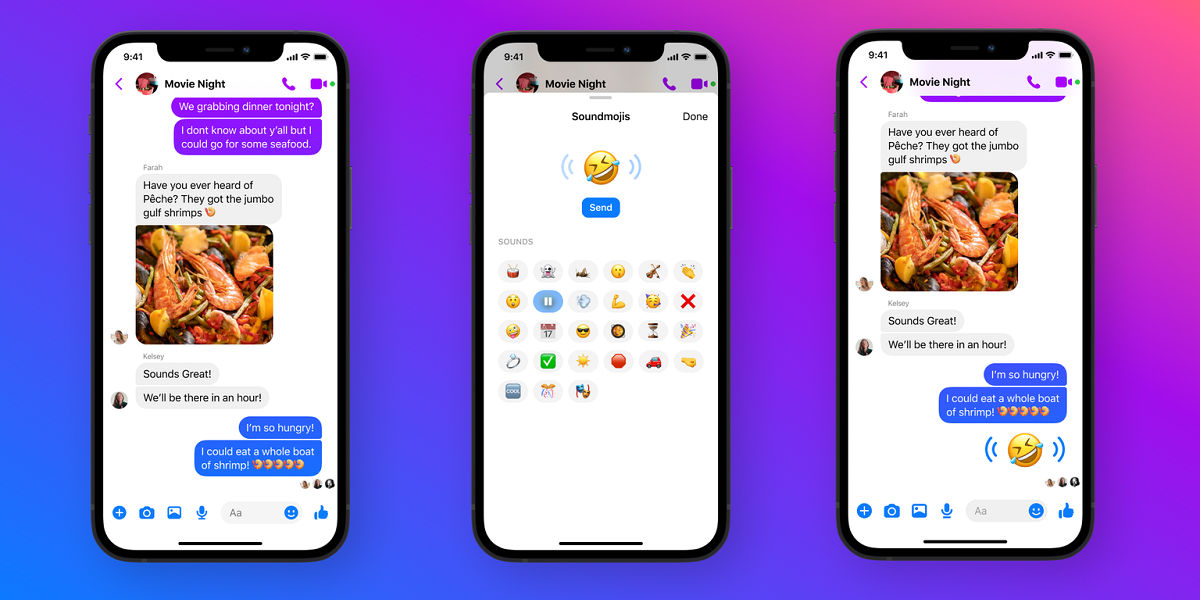Having an extensive list of LinkedIn connections can be a real gold mine. You can use it to find business contacts, email addresses, and data. Here are some ways to export your LinkedIn connections. One of the most effective ways is to use a data export tool. The process involves scanning the internet for email addresses. While the most likely addresses will be included, there may be others. Using a data export tool and LinkedIn post template will help you turn LinkedIn into a huge outreach platform.
Table of Contents
LinkedIn is a goldmine
Exporting connections from LinkedIn can be a goldmine for business owners. The site is one of the biggest online directories, and it contains information for 722 million members and 30 million companies. You can find any kind of connection you want on LinkedIn, and export their contact information, including email address, right from their profile page. LinkedIn has a great feature that lets you take a screen shot of a contact’s profile, copy their contact details, and save them to a PDF.
The exporting feature of LinkedIn lets you export your contacts and send personalized messages to those contacts outside of the site. Exporting connections can also be useful for converting ghost LinkedIn users into real connections. In addition, LinkedIn allows you to make changes to your profile and make new connections. Only make changes that will advance your brand and improve your profile. For example, changing your high school education or job title isn’t a good idea if your connections don’t care about it.
It’s a good source of business contacts
If you’re looking for a way to increase your business network, LinkedIn is a great place to start. You can create a business page and add key information about your company. LinkedIn’s built-in analytics help you get some basic information about your connections, but you can also sign up for Hootsuite Analytics, which is a great tool for gaining insight into other companies and employees.
The website also allows users to create groups and share news about industry news. Creating a group allows you to develop a professional network and reach the people you want to reach. You can join a group and ask questions, ask for advice, or simply get in touch with others in the industry. LinkedIn also has an AI technology feature that allows you to use smart replies to help other people.
It’s a good source of email addresses
One of the best ways to find email addresses on LinkedIn is through your connections. You can search through your connections by name or browse their profile to find their email address. LinkedIn also lets you export your contacts, including email addresses. You can choose whether you want to download only their email address, or all their contacts.
If you don’t want to use the automatic search feature, you can also manually source email addresses from LinkedIn connections. The first step is to visit individual profiles. Look for the “Contact information” section beneath the byline, where you can find the email address.
It’s a good source of data
There is an enormous amount of data available on LinkedIn. 630 million users, 35 thousand skills, 30 million companies, and over 20 million jobs advertised – this is a huge amount of data! LinkedIn has realized this and has created a project called the ‘economic graph’ to map the world’s economy. It’s opened up its data to researchers in a cautious way and selected 11 teams to work with for a year.
LinkedIn’s user base is very diverse. Although the majority of users are male, it is still popular with women. According to LinkedIn’s Gender Insight Report, women are 16% more likely to be hired than men. Furthermore, most users are between 25 and 34 years old.
It’s difficult to export LinkedIn connections
While it might be tempting to download all of your LinkedIn contacts, you may find that doing so is not easy. Luckily, there is an easy way to export LinkedIn connections into a master spreadsheet. The procedure is simple and unlikely to change, but you should be aware that it does not include all of your connections’ email addresses. This is because some of your connections may restrict the download of their email address.
First, you must log into your LinkedIn account and then go to the settings page. Click on “Settings & Privacy.” Next, click on “Data Privacy.” On this page, click “Change.” Then, click on “Connections,” and then select “Request archive.” After that, follow the steps provided by LinkedIn.



